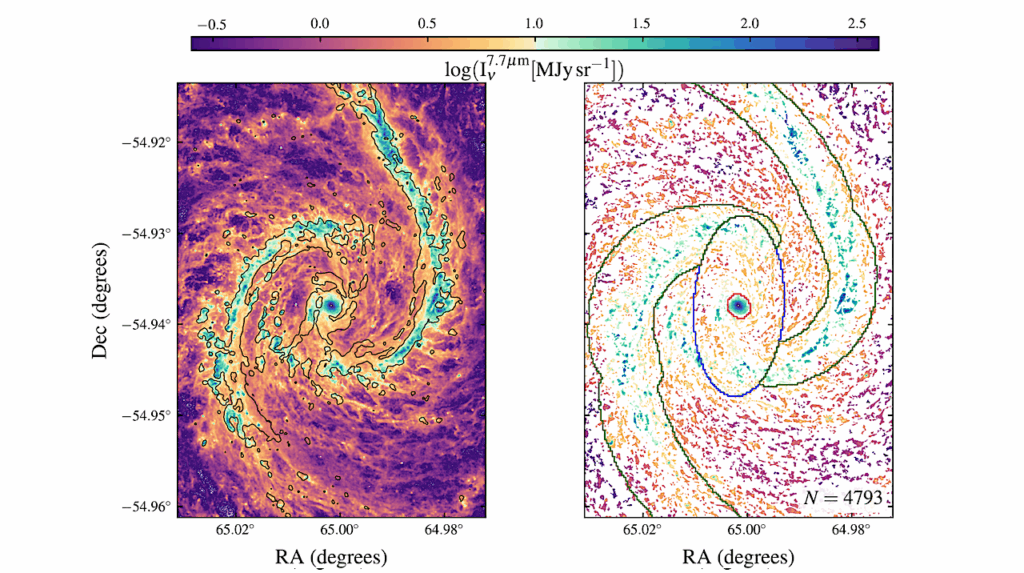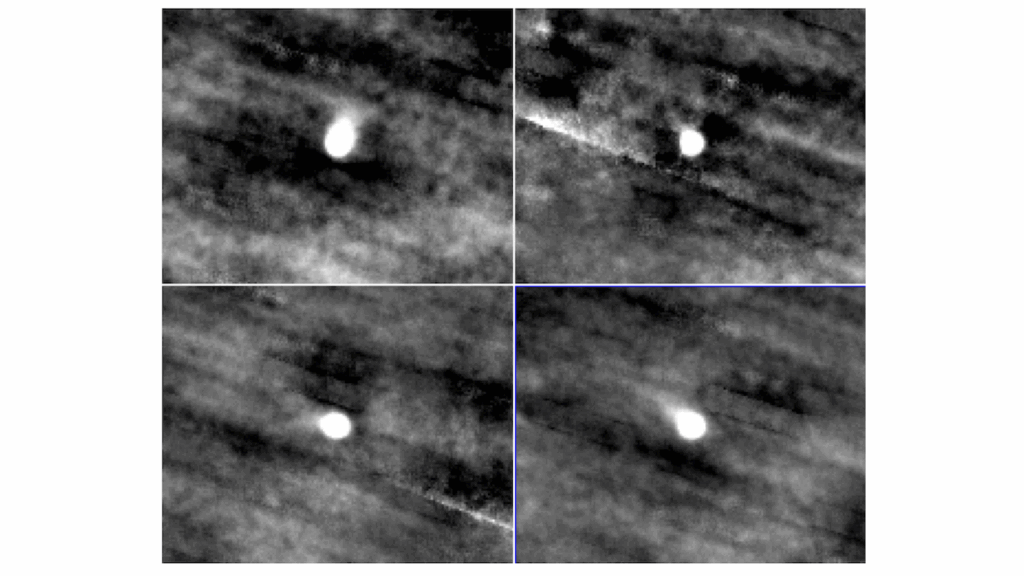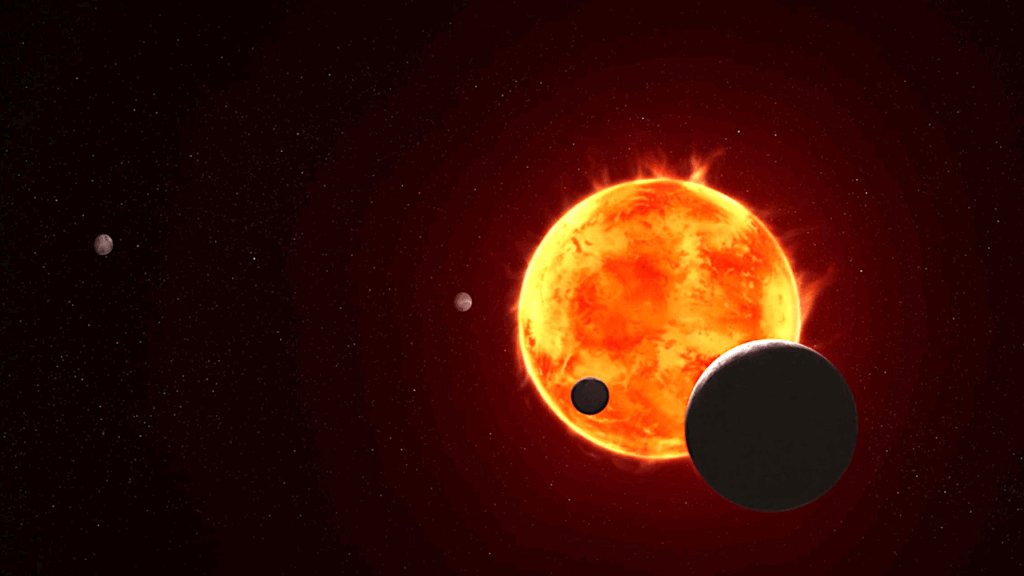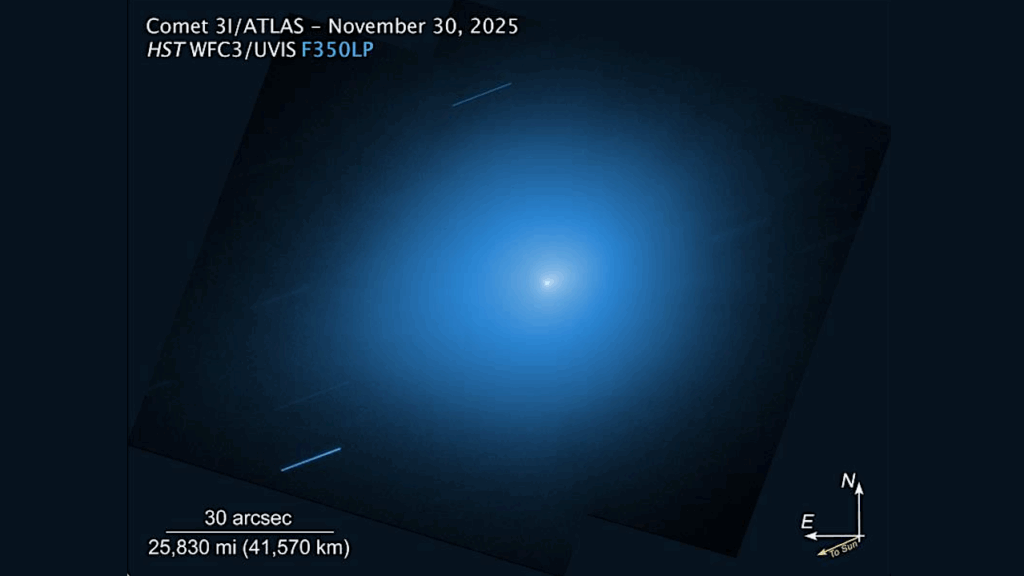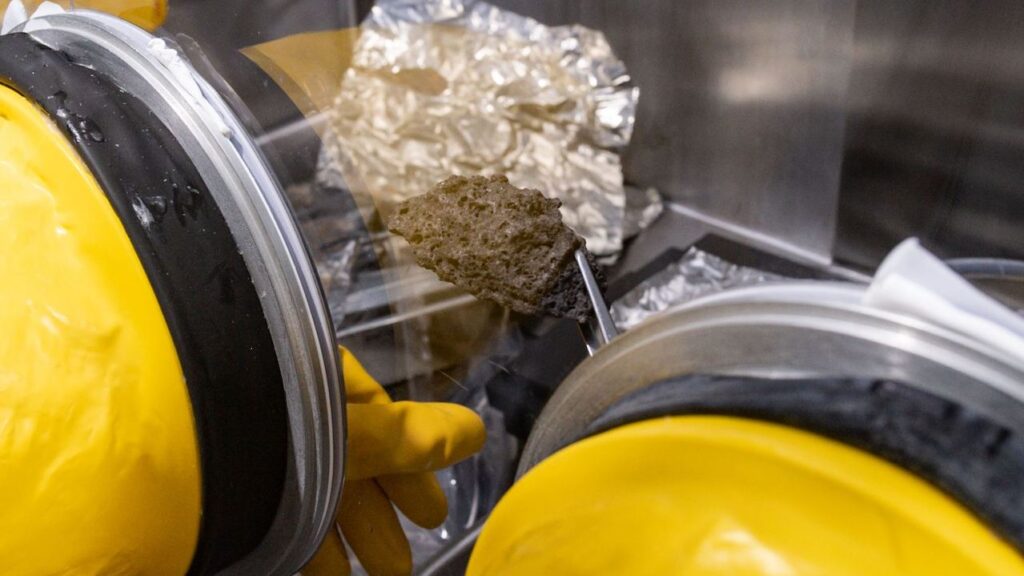Young Asteroid Families As The Primary Source Of Meteorites
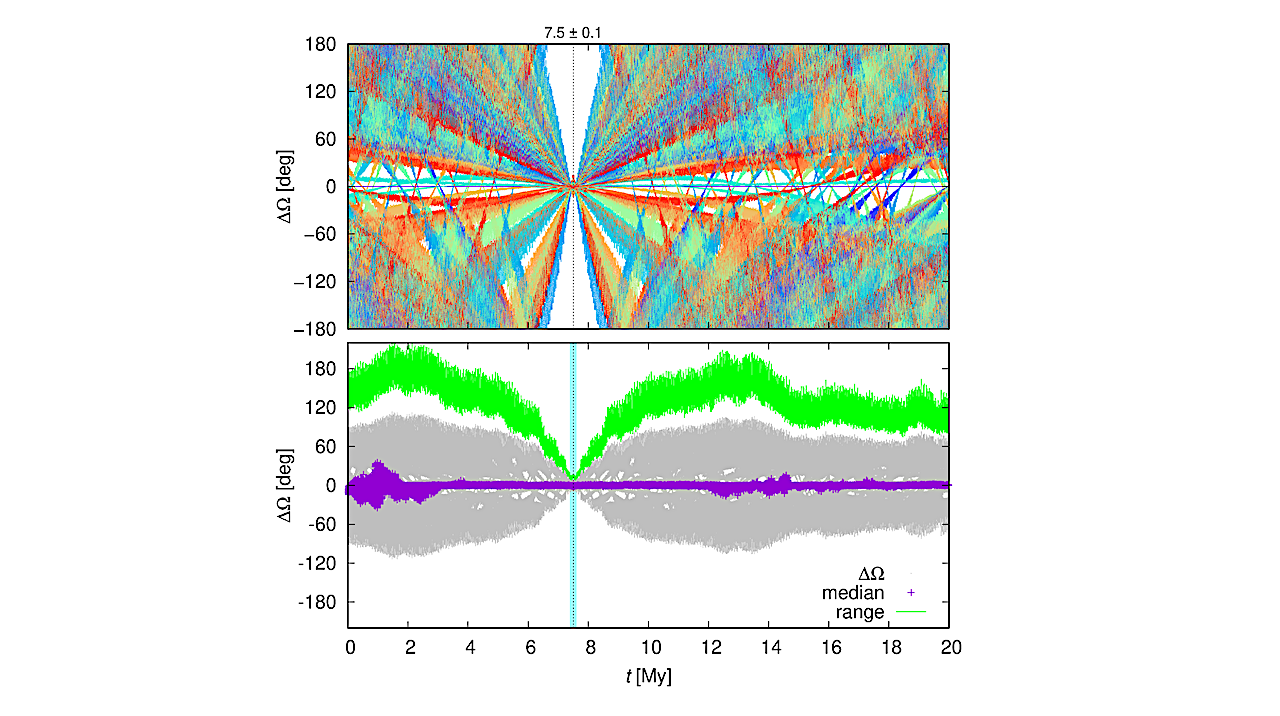
Understanding the origin of bright shooting stars and their meteorite samples is among the most ancient astronomy-related questions that at larger scales has human consequences [1-3].
As of today, only ∼6% of meteorite falls have been firmly linked to their sources (Moon, Mars, and asteroid (4) Vesta [4-6]). Here, we show that ∼70% of meteorites originate from three recent breakups of D>30km asteroids that occurred 5.8, 7.5 and less than ∼40 million years ago.
These breakups, including the well-known Karin family [7], took place in the prominent yet old Koronis and Massalia families and are at the origin of the dominance of H and L ordinary chondrites among meteorite falls. These young families distinguish themselves amidst all main belt asteroids by having a uniquely high abundance of small fragments.
Their size-frequency distribution remains steep for a few tens of millions of years, exceeding temporarily the production of metre-sized fragments by the largest old asteroid families (e.g., Flora, Vesta). Supporting evidence includes the existence of associated dust bands [8-10], the cosmic-ray exposure ages of H-chondrite meteorites [11,12], or the distribution of pre-atmospheric orbits of meteorites [13-15].
M. Brož, P. Vernazza, M. Marsset, F.E. DeMeo, R.P. Binzel, D. Vokrouhlický, D. Nesvorný
Comments: 61 pages, 20 figures
Subjects: Earth and Planetary Astrophysics (astro-ph.EP)
Cite as: arXiv:2403.08552 [astro-ph.EP] (or arXiv:2403.08552v1 [astro-ph.EP] for this version)
https://doi.org/10.48550/arXiv.2403.08552
Focus to learn more
Submission history
From: Miroslav Brož
[v1] Wed, 13 Mar 2024 14:05:08 UTC (17,077 KB)
https://arxiv.org/abs/2403.08552
Astrobiology, Astrochemistry, Astrogeology,



